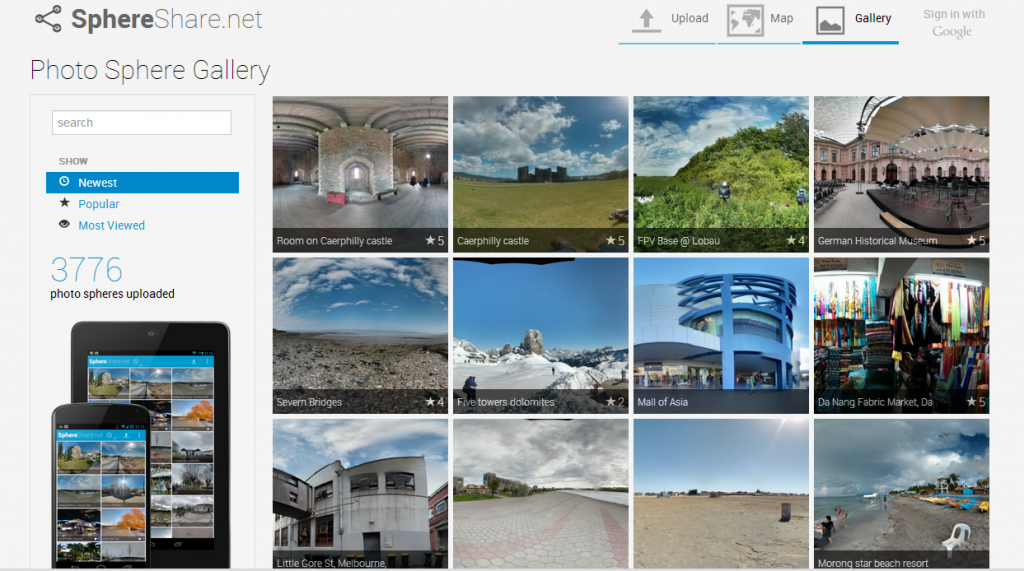
Shift your camera to align with the dots and the app will help you stitch the images together. These dots are there to help you focus your device camera to create the perfect Photo Sphere. The moment you fire up Photo Sphere, you will notice 4 dots on the four sides, left, ride, up and down, after you make a snapshot. It’s far from a new feature but you’ll definitely love playing around with it once you get the hang of it. This one is an app that will give the panorama mode a run for its money. That will happen as long as the camera can tell the difference between your subject and the background. The blur level will only focus on blurring the blackground, not the subject. You can adjust the blur level after you have captured the shot. The app will help guide you through the process with on-screen instructions. In Lens Blur mode, you just have to shoot the subject, then slowly raise the device while keeping the subject in the center of the frame. This is a common feature found on Single-Lens Reflex (SLR/DLSR) cameras, and it’s now available via this app. Lens Blur is finally here, a feature that allows your device camera to focus on a target while having the background blurred out. Let’s check out what this app has to offer. Most of the app functions as a typical in-built camera app but what distinguishes this new revamped app from the previous version is the updated Photo Sphere and the new Lens Blur function. The previous stock Camera was found wanting both in design and functionality, so this new Camera app is definitely a long-awaited improvement. Recommended Reading: Top 20 Android Photography Apps New & Upgraded Features You can run it on any Android device running KitKat 4.4 and above.

And better yet the official Google Camera app is no longer confined to Nexus and GPE (Google Play Experience) devices only. It’s better, sleekier and has a few pretty cool feaures you would want to try out, like Lens Blur and Photo Sphere.
Photosphere app apk#
If you cannot download the app via Play Store, download the APK file directly here. But now, Android users may want to reconsider trying out the new and improved Google camera app, just released in the Play Store. Many of us opt for third-party camera apps because they are more solidly built than what the stock apps have to offer. It requires iOS 7.0 or later, and one thing to note is that the iPhone 4 can’t create Photo Spheres.For any smartphone user, no matter which mobile OS you are on, the camera app is one of the more oft-used apps.

Photosphere app for free#
The Photo Sphere Camera app by Google is now available for free in the iTunes App Store. You can even add Photo Spheres to Google Maps, to help others explore the world in a fun way. This acts like a repository for all your Photo Spheres, and it also lets you easily share them with others. Once you’ve created a Photo Sphere you can (obviously) view it on your iPhone, but you can also upload it to Views, Google’s dedicated website for these. This all sounds more complicated than it actually is, and Google’s video embedded below explains it best.
Photosphere app full#
First you do a full rotation while keeping your handset in a vertical position, then a few more with it tilted either upward or downward. Then, a blue dot will keep appearing on your screen to guide you through the creation process. To do a Photo Sphere, you need to stand in one place while holding your phone at eye level. It’s called Photo Sphere Camera, and, as you’d expect, its one goal is to let you create Photo Spheres on iOS.Ī Photo Sphere is like a panorama image, but better, since it doesn’t work on one axis alone – it covers 360 degrees, in fact. It’s done this by releasing a new app for Apple’s mobile operating system.
Photosphere app for android#
The Photo Sphere feature has been a staple in Google’s Camera app for Android for quite a while now, but today the search giant has decided to bring the exact same functionality to iOS.


 0 kommentar(er)
0 kommentar(er)
